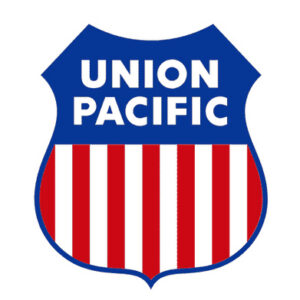 MECCA, Calif. — The two Union Pacific crew members killed in a Thursday collision with railcars parked on a siding were ejected from their train by the impact, the Los Angeles Times reports.
MECCA, Calif. — The two Union Pacific crew members killed in a Thursday collision with railcars parked on a siding were ejected from their train by the impact, the Los Angeles Times reports.
The accident occurred about 3 a.m. Thursday east of the community of Mecca [see “Two UP crew members killed …,” Trains News Wire, Sept. 8, 2022].
The Times reports first responders from the city of Calipatria found the two victims among the debris of the collision, which damaged four cars on the siding and derailed seven cars of the train. Photos show the intermodal train struck flatcars on the siding.
The victims were identified only as adult males.
The National Transportation Safety Board announced Thursday that it was sending six investigators to the accident scene. They were expected to arrive later in the day.
The eastbound Amtrak Sunset Limited that departed Los Angeles Wednesday night, and was scheduled to pass the accident site early Thursday morning, was cancelled between Palm Springs, Calif., and San Antonio, Texas, as a result of the accident.






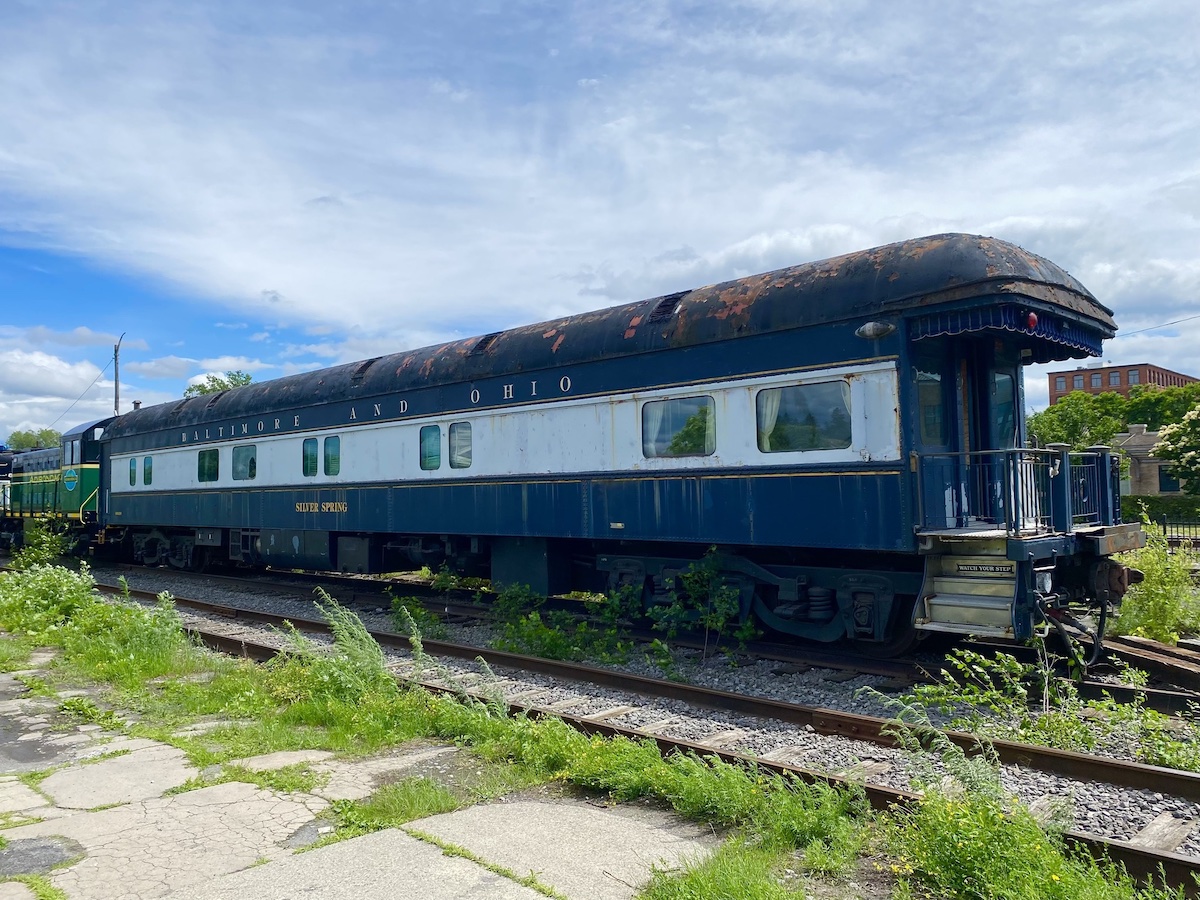
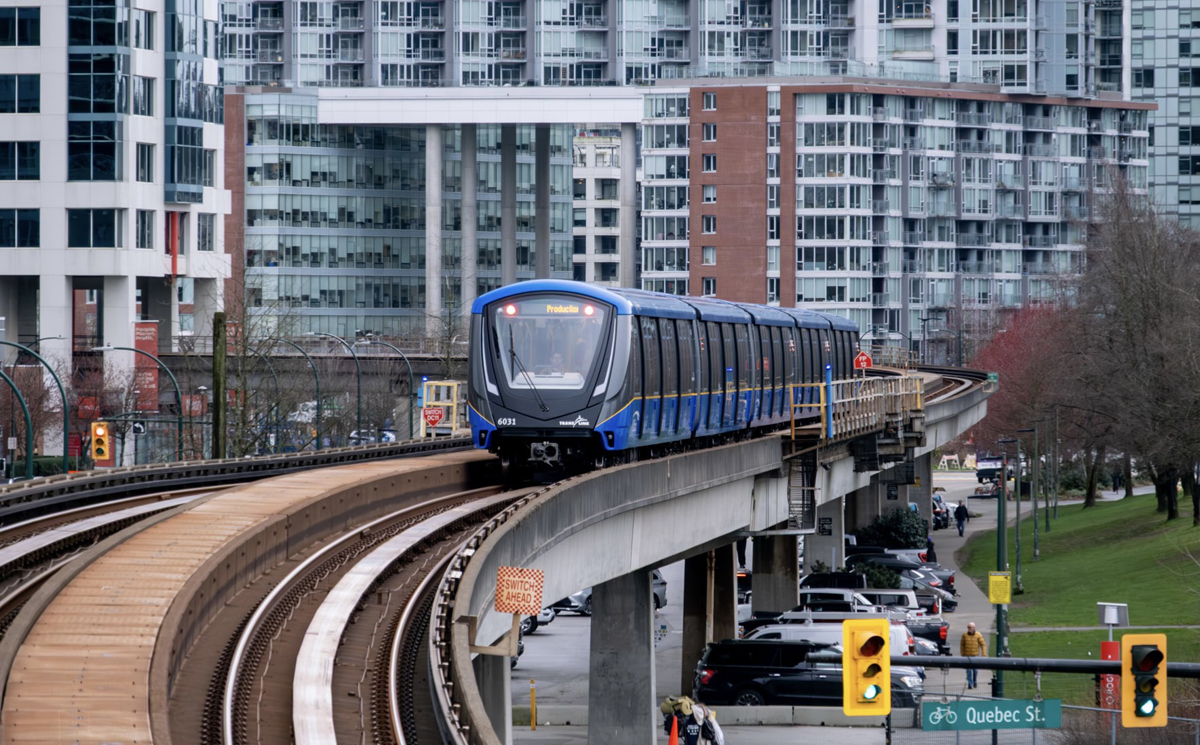
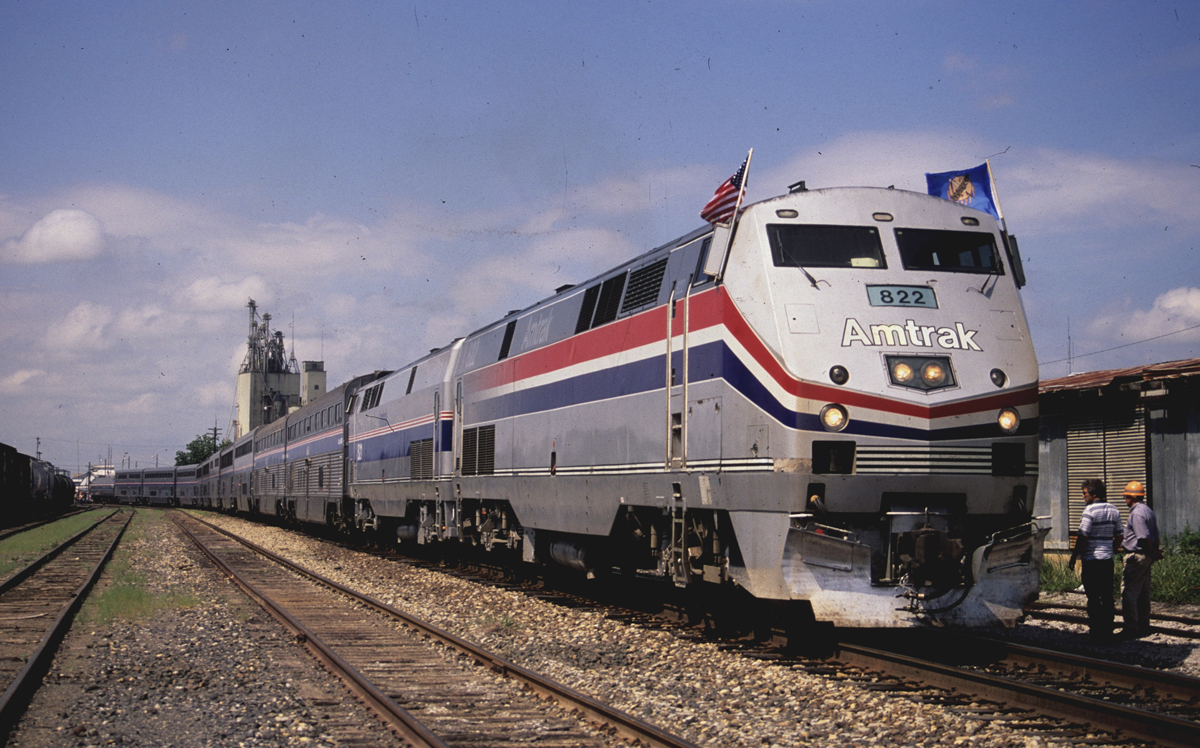
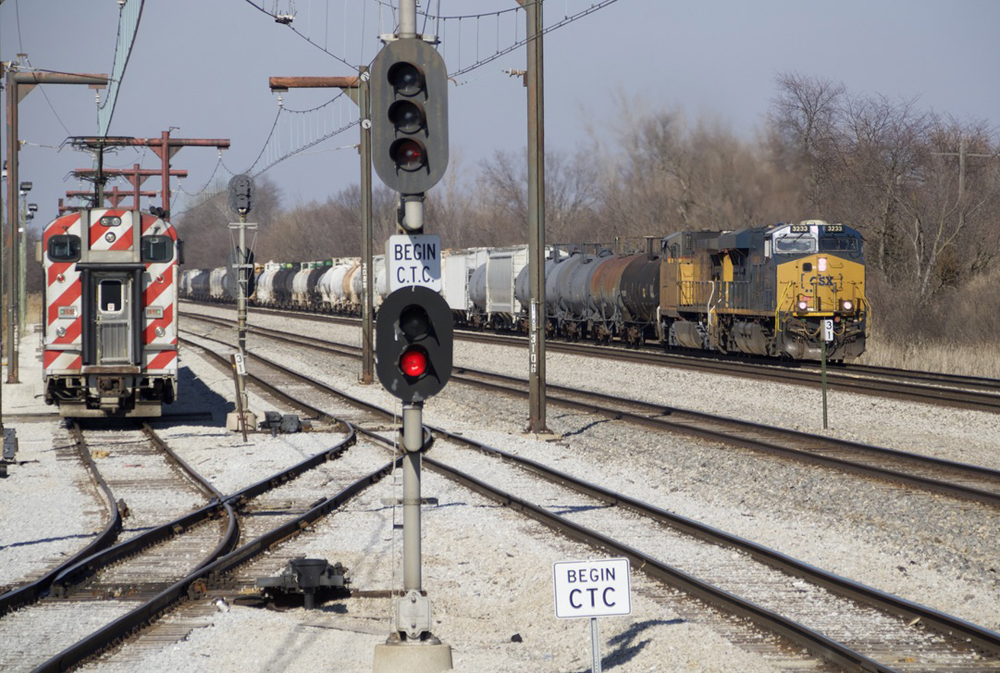




The person I think about here is that someone out there knows that their mistake cost two guys their lives. IF the scenario above is true, then it’s tragic that warning was given, but disregarded…
Charles, in 27+ years on the railroad I had but one fatality involving my train. Does this mean Southwest Airlines is twice as dangerous ?
In one incident UPRR has killed as many peope at Southwest Airlines in its entire existence. (One passenger; one on the ground.)
Yeah, I understand working on a railroad is hazardous, Make it less hazardous.
Charles, your armchair expertise on just about every topic never ceases to amaze me.
Southwest Airlines, as are all domestic air carriers, have not achieved their safety records by their own doing. They are strictly regulated by federal law regarding safety and maintenance standards administered within the jurisdiction of the FAA. If not for federal regulation, Southwest Airlines would have a much less impressive safety record.
Speculation, speculation. Let the NTSB do their job. Speculation was yesterday when the word equipment was used that it meant track equipment. Well that was proven wrong. Things are not always as they appear looking at a photograph.
I’d like to hear what the NTSB comes up with this one. How does one get ejected from a railroad locomotive? In what seems to be by this article not that much of a wreck. Four flat cars on the siding damaged an seven cars on the intermodal train derailed. The only thing of is they were getting ready to jump and were not quick enough.
I assume you haven’t seen photos of the wrecked lead locomotive. Similar to the BNSF wreck at Red Oak, IA about 8 years ago, a flatcar sheared the roof of the locomotive completely off. What is really sad is that more than many accidents this one really didn’t need to happen. The train was a westbound Doublestack train which picked up a two unit rearend helper 33 miles WEST of Bertram, CA. The Dispatcher decided that the helper crew would pull the train EAST the 33 miles to Bertram Siding to clear for Amtrak #1. The head end Conductor called up the Dispatcher and told him he thought the were cars in the siding. But the Dispatcher said he wasn’t aware of any cars there and there wasn’t anything showing on his CTC display. It seems that ether the Helper crew didn’t hear the warning from the Headend crew or they just took the Dispatcher’s word for it being clear.
Sorry John I did not see any of the photos just reading the article. Nothing in the article said anything about the roof being sheared off. Just said the two victims (I would guess crew members) were found in the debris.
The word floating around was that there was supposed to be a block placed so that the siding wouldn’t be used because of the equipment in there. Old time interlocking and CTC machines could have a physical blocking device placed on the machines, now it’s done electronically with the computer system. Someone had removed that block.
Even though the siding was bonded, meaning there are track circuits that should detect an occupancy (equipment, broken rail, etc.) the cars on the siding were not detected. It is being speculated that being close to the Salton Sea, the rail may have been rusty from higher salt content in the air. The cars, from what I heard were intermodal cars and being lighter did not shunt the circuit. The signal to the siding was said to be showing a diverging approach and the train entered the siding at 30mph.
The helper set, being in the lead, had it’s PTC operative. Since PTC uses the signal system and the signal system didn’t detect cars on the siding, it allowed the movement to enter the siding at 30 mph.
What the NTSB comes up with will be real interesting.